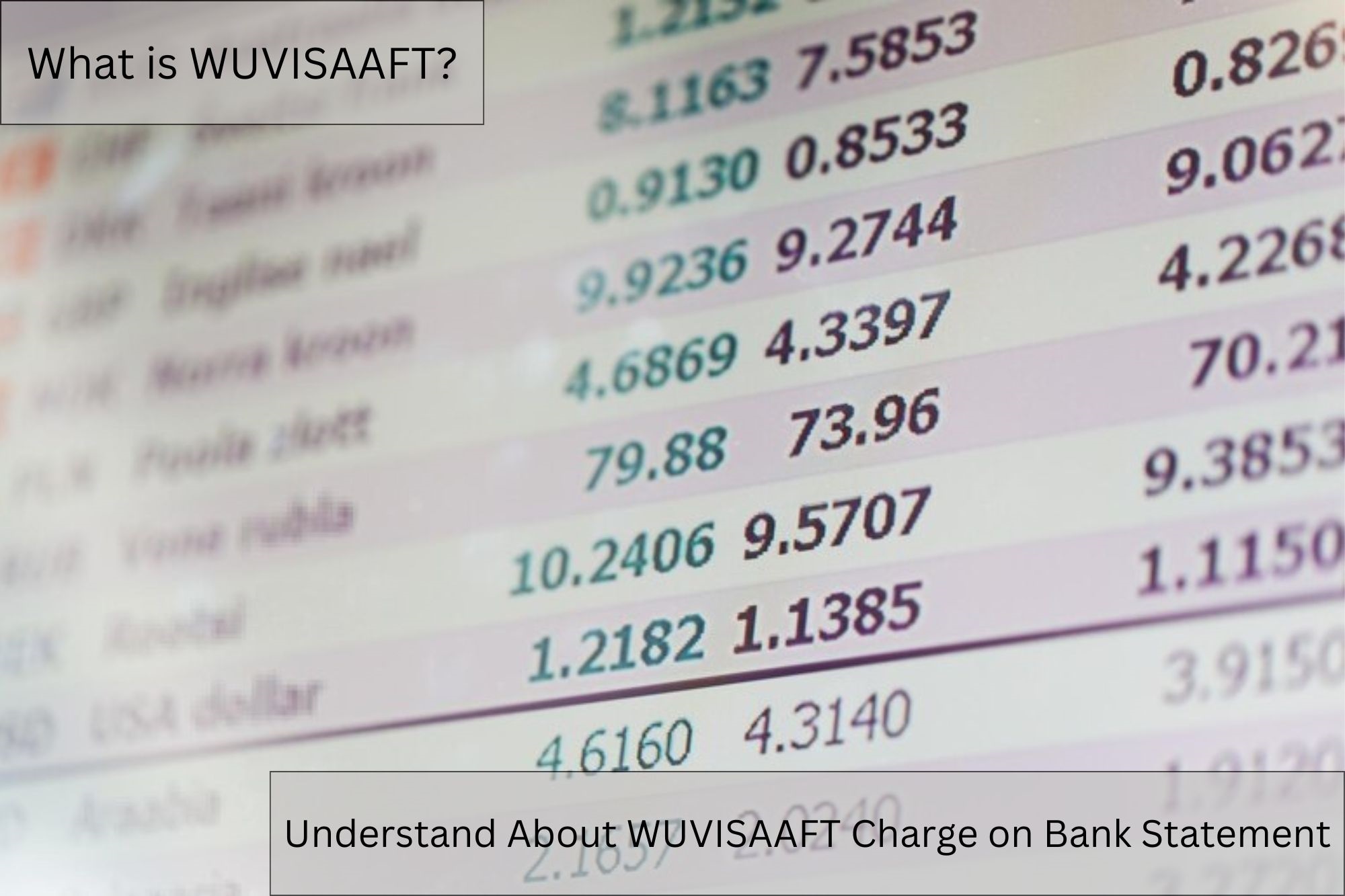Have you ever scrolled through your bank statement only to come across a puzzling charge labeled “WUVISAAFT”? If so, you’re not alone. Many people are left wondering what this charge represents and whether it’s something to worry about. “WUVISAAFT” may look like a random assortment of letters, but it holds a specific meaning in the financial world. This charge typically appears when a Western Union transaction is made using a Visa credit or debit card. Understanding this transaction label and why it shows up on bank statements can help you stay informed, secure, and vigilant about your finances. In this article, we’ll break down what “WUVISAAFT” means, why it appears, and what steps to take if you don’t recognize the charge.
What Is A WUVISAAFT Charge?
If you’ve noticed a mysterious WUVISAAFT charge on your bank statement, you may be wondering if this is something to worry about. Rest assured, you’re not alone. Many people encounter this peculiar term and feel concerned, but in most cases, the WUVISAAFT charge is a routine transaction involving Western Union and a Visa card. Let’s break down what WUVISAAFT stands for and explain why it might appear on your bank statement.
Understanding The Term: WUVISAAFT
WUVISAAFT is a code that represents a specific type of transaction involving Western Union (WU), a Visa credit or debit card, and an Account Funding Transaction (AFT). Here’s a breakdown of each part:
- WU: This stands for Western Union, a widely used service for local, interstate, and international money transfers.
- VISA: This signifies the use of a Visa-branded credit or debit card during the transaction.
- AFT: Account Funding Transaction, indicating that this transaction transfers funds from one account to another.
In simple terms, a WUVISAAFT charge on your statement means that a money transfer was executed via Western Union using a Visa card.
Why Does A WUVISAAFT Charge Appear On Your Bank Statement?
The WUVISAAFT charge typically appears due to various money transfer scenarios, such as:
- Paying Bills: Many people use Western Union to pay utility or service bills, especially when other methods are not available.
- Settling Debts: If you owe money to friends, family, or a business, Western Union provides a secure way to transfer funds.
- Sending Money Overseas: Western Union is often the go-to service for international remittances, allowing you to send money to loved ones abroad.
The charge signifies that the payment was made via your Visa credit or debit card, which acted as a funding source for the transfer. The transaction could show up as “WUVISAAFT” followed by additional details like a phone number or location, providing clues to verify the transaction.
Components Of A WUVISAAFT Charge
Each part of a WUVISAAFT charge on your statement has its role:
- Western Union (WU): Known for facilitating secure and fast money transfers worldwide, Western Union acts as the transfer service.
- Visa: This brand identifies that a Visa credit or debit card was used as the funding source, though it may not be a card directly issued by Western Union.
- AFT: The Account Funding Transaction represents the nature of the transaction, moving money from one account to another.
How Does WUVISAAFT Work?
When a WUVISAAFT transaction takes place, your Visa credit or debit card links to the Western Union service. Western Union uses Visa Direct, a payment platform that allows secure, real-time transfers between accounts. This setup means that the funds transfer happens instantly or within a few hours.
In essence, WUVISAAFT represents a chain of actions involving your Visa card, Western Union, and the Visa Direct platform to facilitate a money transfer or bill payment. The Visa card serves as the bridge, allowing funds to move from your account to the recipient’s account.
Common Variations Of WUVISAAFT Charges
Depending on the circumstances, a WUVISAAFT charge may appear in different formats on your bank statement, often accompanied by contact details or location information. Here are some common examples:
- WUVISAAFT 800-325-6000: Includes a phone number for Western Union’s customer service, signaling a transaction through their services.
- WUVISAAFT CO: Indicates that the transaction was processed at Western Union’s headquarters, located in Colorado (CO).
- WUVISAAFT 800-325-6000 COUS: This variation specifies the customer service number and the location of Western Union’s headquarters in Colorado, USA.
- PYMT SENT WUVISAAFT 800-325-6000 CO: Shows that a payment was sent via Western Union, including customer service contact details and headquarters location.
What To Do If You Don’t Recognize A WUVISAAFT Charge
Unfamiliar charges on your bank statement can be alarming. Here’s a step-by-step guide to addressing an unrecognized WUVISAAFT charge:
- Review Your Recent Transactions: Check if you initiated any Western Union transfers using a Visa card. Recurring or automatic payments can easily slip from memory.
- Contact Western Union: If you can’t recall making the transaction, reach out to Western Union’s customer service. They can provide details, helping you confirm if the charge is legitimate.
- Reach Out to Your Card Issuer: If Western Union cannot verify the charge, report it to your card issuer to investigate further. They may start a dispute process and help secure your account.
- Monitor Your Account: Regularly review your statement for any unrecognized transactions, as early detection can prevent larger issues.
Avoiding Unauthorized WUVISAAFT Charges
Here are some tips to safeguard against unauthorized WUVISAAFT transactions and keep your accounts secure:
- Regularly Check Statements: Make it a habit to review your bank statements to spot any suspicious activity.
- Enable Alerts: Set up alerts for all transactions involving your Visa card, especially for larger amounts or international transfers.
- Use Strong Security Measures: Protect your online banking accounts with strong passwords, two-factor authentication, and secure devices.
- Report Lost Cards Immediately: If your card is lost or stolen, report it to your bank to block unauthorized use.
In Summary
A WUVISAAFT charge on your bank statement simply indicates a Western Union transaction funded through your Visa card. This type of transaction is common in bill payments, debt settlement, and international money transfers. However, if you don’t recognize the charge, it’s essential to investigate promptly by contacting Western Union or your card issuer. Taking proactive steps to verify transactions helps protect your financial security.
FAQs
What does a WUVISAAFT charge mean on my bank statement?
A WUVISAAFT charge signifies a transaction through Western Union using a Visa card for an Account Funding Transaction (AFT). It indicates that funds were transferred from your account to another account, commonly for bill payments, settling debts, or sending money overseas.
How can I check if a WUVISAAFT charge is legitimate?
Review your recent transactions to see if you made a Western Union transfer with a Visa card. If unsure, contact Western Union customer service or your bank to verify the transaction details and confirm its legitimacy.
What should I do if I don’t recognize a WUVISAAFT charge?
If you don’t recognize a WUVISAAFT charge, first review your recent transactions for any overlooked payments. If it remains unfamiliar, contact Western Union or your card issuer for help in investigating the transaction.










